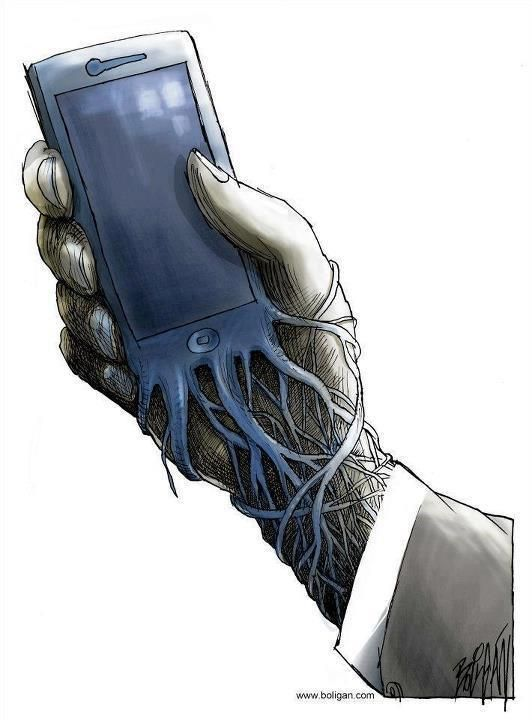Small stomach, big waist, bigger chest, sharp chin, high cheekbones, fit bodies. Beauty standards for young adults are coming up to a rise of impossibility and so is our self-esteem. Riley Raff., a young woman I interviewed, said that her idol is: “Marina because she is very body positive and just a positive person.” Another anonymous young man said that his idol is: “Justin Beiber because he is a really good singer.” Many other people said similar things. There is one characteristic all of their “idols” share. They all fit the beauty standards.
When you look at Victoria’s Secret magazine, you can picture what you will see. Most likely a young woman, probably in her twenties, with an even face, long hair, and long eyelashes. There are very few times when you see a plus-sized woman, a woman of color, or a mix of both on the cover of a beauty magazine.
Body Dysmorphia
Body dysmorphia is only a part of the teenage self-esteem problem that teenagers are facing. Body dysmorphia disorder (BDD) is a mental condition where people spend a large amount of their time looking over and worrying about the flaws in their appearance, mostly flaws that are seen as minor and can barely be seen by others. Having this disorder can cause many problems in your daily life. With this comes hours of checking yourself in the mirror, grooming, or seeking reassurance about your appearance to others. Seeking out such reassurance can be seen as being an “attention seeker” and when people say such a thing, it makes it worse. BDD affects 1.7% to 2.9% of the general population. To put this into perspective, 1 to 50 people will experience this; to put this on a larger scale, this means that 5 million out of the 10 million citizens in the US experience it.
Possible symptoms of body dysmorphia include:
- Being extremely preoccupied with a perceived flaw in appearance that to others can’t be seen or appears minor
- A strong belief that you have a defect in your appearance that makes you ugly or deformed
- The belief that others take special notice of your appearance in a negative way or mock you
- Engaging in behaviors aimed at fixing or hiding the perceived flaw that are difficult to resist or control, such as frequently checking the mirror, grooming or skin picking
- Attempting to hide perceived flaws with styling, makeup or clothes
- Constantly comparing your appearance with others
- Frequently seeking reassurance about your appearance from others
- Having perfectionist tendencies
- Seeking cosmetic procedures with little satisfaction
- Avoiding social situations
Eating Disorders
There are many types of eating disorders. Many people believe that eating disorders are a chosen way of life, but the truth is, that eating disorders are scary and often fatal mental problems. Some of the more common eating disorders may be anorexia nervosa, bulimia nervosa, and binge-eating disorder.
Many have probably heard of binge-eating disorder. This type of disorder is very misunderstood. People think that this means that you sit down and eat while watching something or that you just eat for a long period of time. That is a part of it but isn’t the whole. Binging episodes are usually caused by some sort of emotional distress. This is one of the most common eating disorders in the US.
- Anorexia nervosa is the second most common eating disorder in the US. This disorder consists of limiting the amount of food you eat and the type of food that you eat. There are two types of Anorexia nervosa- A restricted subtype and a binge-purge subtype.
- Restrictive: People with this type of Anorexia limit the amount and type of food they eat to an extreme and fatal level.
- Bulemia Nervosa is alike to binge eating. It is when a person will eat extremely large amounts of food while feeling a total lack of control over their body while doing so. Though this is seemingly similar to binge eating, there is a substantial difference. After one of these episodes occurs, they do something to “compensate” for a large amount of food. This may include the person forcing themselves to throw up or excessively long sessions of exercise.
All of these are things that a teenager in this day and age must know. Chances are, you may experience the effects of one or more of these disorders at some point in your life, make sure to get the right help if this is the case.
For more information or if you or someone you know needs help, tell a friend, family member or use the contact helpline posted below.
https://www.nationaleatingdisorders.org/help-support/contact-helpline

























